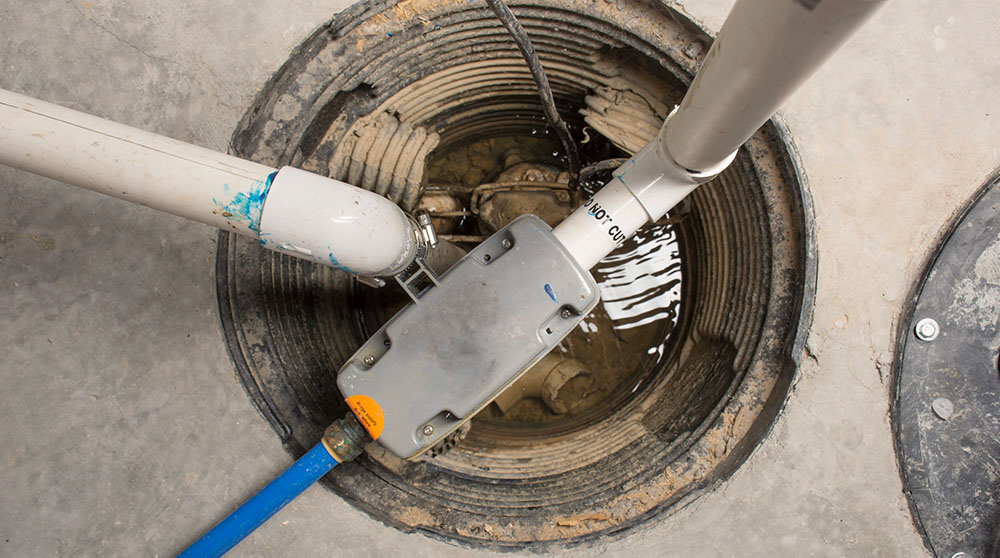The sump pump maintenance checklist.

A sump pump prevents water damage by taking excess water from your basement and pumping it out of your house. However, without regular maintenance, it may malfunction – causing water to overflow and damage your home. To keep your sump pump running smoothly, proper upkeep is essential. Help extend its life, prevent costly repairs or replacements, and even reduce your energy bills by following along with our sump pump maintenance checklist.
Check your sump pump regularly. The first step in maintaining your sump pump is regular inspection. It’s important to watch out for any warning signs, such as strange noises, unusual vibrations or a constantly running motor. However, you should also examine it more closely – checking for signs of corrosion or damage. If you find any, contact a qualified professional as soon as possible. You should also:
Check the discharge line – Make sure the pipe that carries water from the sump pump out of your home is in good condition, with no cracks or leaks.
Check your exterior drainage system – Confirm that water is directed at least 20 feet from your home.
Test the pump – To ensure it’s working properly, pour about five gallons of water into the pit and wait for the pump to turn on. It should start to pump water out of the basin and into the discharge line.
Clean your sump pump annually. Sump pumps can accumulate dirt, debris, and minerals over time, leading to an obstruction that may disrupt the pump’s operation. Prevent this by cleaning it at least once a year – a process that includes:
Cleaning the pump itself – Disconnect the sump pump from the power supply and remove it from the basin. (We recommend putting it in a large trash bag and taking it outside, where you can work without worrying about a mess.) Use a damp cloth or sponge to wipe clean, then spray the pump with a garden hose.
Cleaning the pump inlet screen – Located along the base of the pump, this screen acts as a filter. To keep it operating efficiently, use a scrub brush to remove any debris that could be caught there.
Removing standing water from the pit – Use a wet/dry vacuum to remove any excess water, then reconnect the pump to power.
Install a battery backup. During heavy rains, snowmelts, or other weather events that could cause flooding, you need your sump pump to remove excess water, and a battery backup system ensures it will work even if you lose power. (Just know that a battery backup system should be checked every four months to ensure proper operation, and the batteries should be replaced every two to three years.)
Your sump pump may not be something you think about often, but it plays a crucial role in protecting your home from water damage. A functioning sump pump can also protect your family’s health by preventing mold growth and other water-related issues, as a wet basement can create a breeding ground for mold, mildew, and other harmful bacteria.
To take your protection efforts one step further, see if your home insurance policy would cover water damage caused by a sump pump. Start a conversation with a local, independent agent today.







